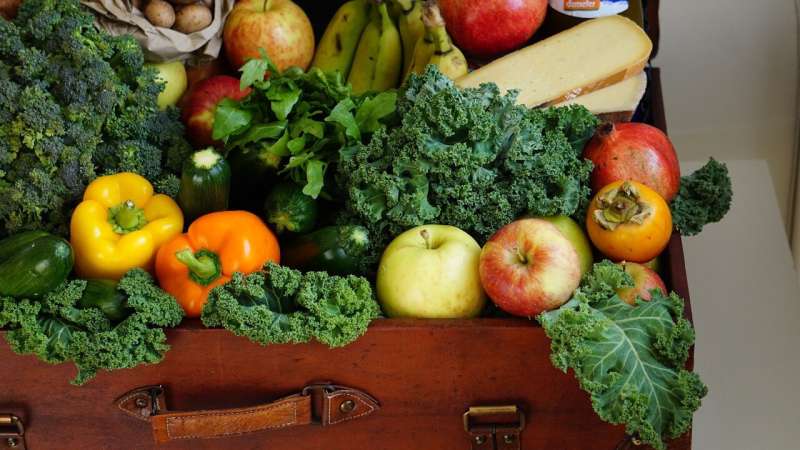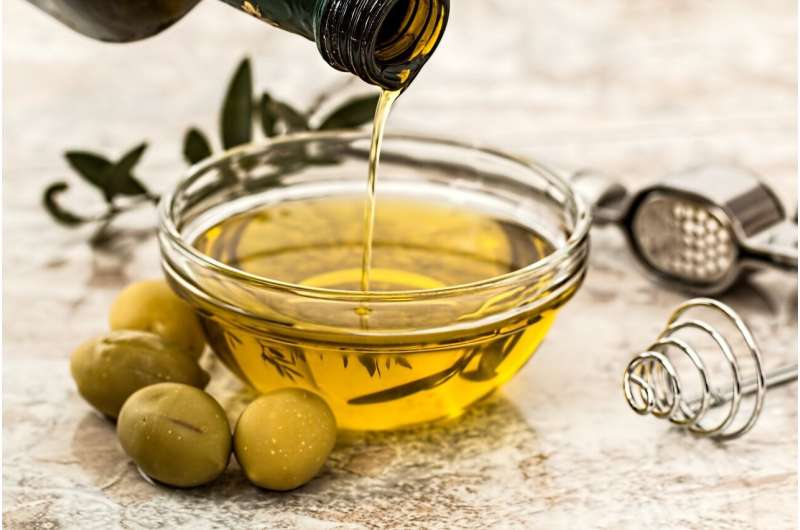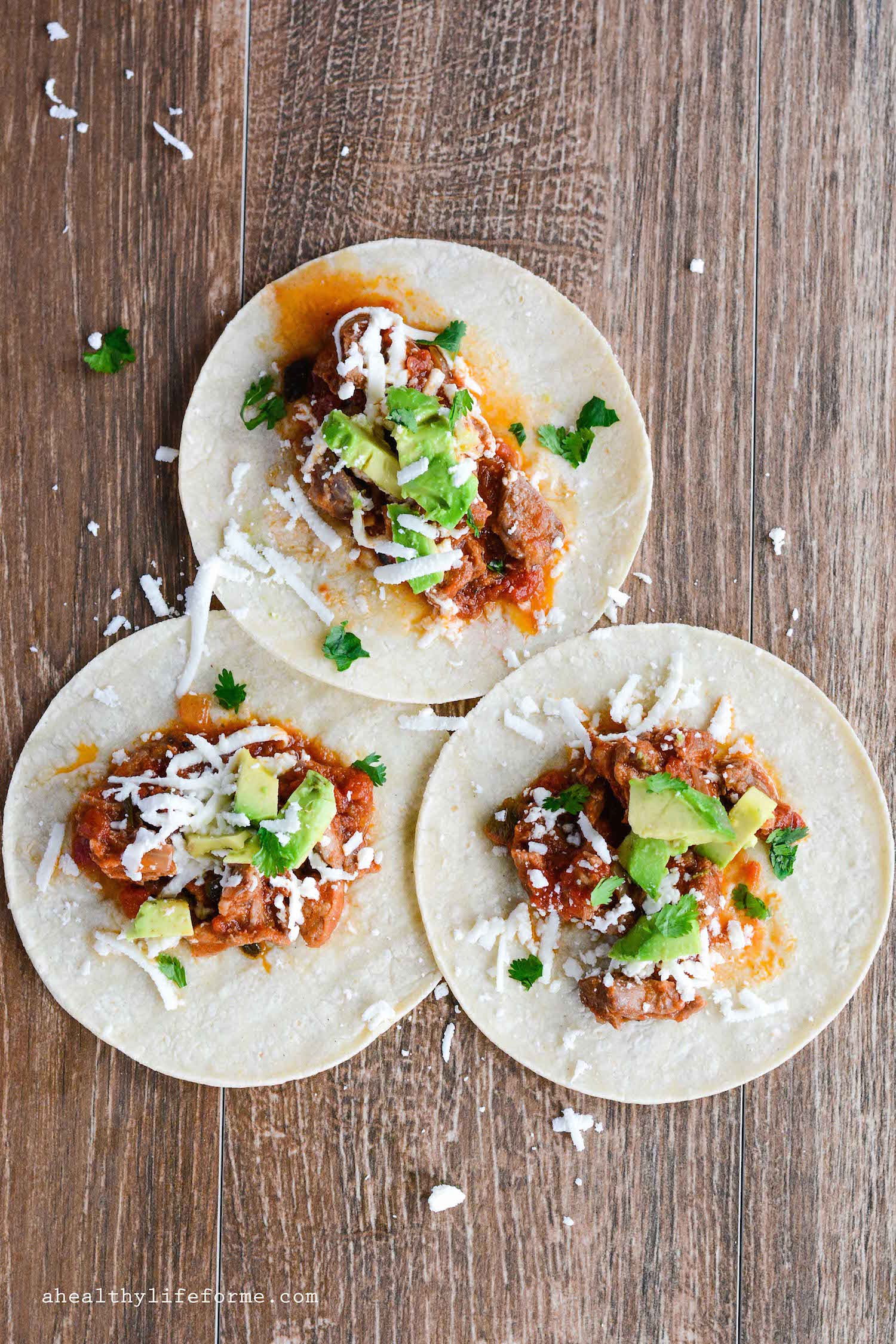Food Industry Accelerates Shift from Artificial to Natural Food Colorings

The movement to phase out artificial colors in U.S. foods is gaining significant momentum, though the transition poses considerable challenges and won't be immediate. Recently, U.S. health officials issued recommendations urging food manufacturers to voluntarily eliminate petroleum-derived synthetic dyes by the end of 2026. This initiative stems from concerns raised by health authorities, including U.S. Health Secretary Robert F. Kennedy Jr., who described these dyes as "poisonous compounds" with potential adverse effects on children's health and development.
The push for natural alternatives follows increased public pressure and a ban on Red 3 dye, which has been associated with cancer risks in laboratory studies. Synthetic dyes are prevalent in many popular products like cereals, candies, and sports drinks. In response, companies like Sensient Technologies are actively researching and developing natural coloring agents. At their St. Louis facility, food scientists such as Abby Tampow are experimenting with plant-based options like carrot juice and beta-carotene to replicate the vibrant reds typically achieved with synthetic dyes.
However, transitioning to natural colors presents hurdles. Natural dyes tend to be more complex to produce, less stable under heat and light, and are about ten times more expensive than their synthetic counterparts. Sensient’s CEO, Paul Manning, notes the logistical challenge, explaining that there's no large stockpile of natural dyes ready to meet market demands; instead, they require extensive cultivation, harvesting, and extraction efforts.
Natural colorants are derived from a variety of sources, including fruits, vegetables, flowers, and insects. For instance, the iconic Barbie pink might require cochineal insects from Peru, which produce a vivid red dye; feasting on approximately 70,000 bugs yields just 2.2 pounds of dye. Currently, about 20% of U.S. food products contain added colors, often multiple dyes per item.
While regulatory agencies like the FDA have deemed approved artificial dyes safe when used appropriately, critics argue that these additives serve no nutritional purpose and are markers of ultra-processed foods, which are linked to health issues such as cardiovascular disease, diabetes, and obesity. Food policy expert Marion Nestle advocates for phasing out artificial dyes, emphasizing their cosmetic nature and potential harm, particularly to children.
Historical attempts to eliminate artificial colors, such as in the case of General Mills’ removal of dyes from Trix cereal in 2016, faced consumer disappointment, leading to the reintroduction of the neon hues. Despite these hurdles, many major companies, including PepsiCo and WK Kellogg, are committed to removing synthetic dyes, with Sensient prepared to assist in achieving the 2026 deadline. The industry now faces a critical timeline, prompting urgent action to develop and implement natural coloring solutions.
Further information on color additives can be found at the FDA. This shift reflects a broader movement towards cleaner, more transparent food ingredients, supported by ongoing scientific and consumer interest.
.source: https://medicalxpress.com/news/2025-04-food-companies-artificial-natural-alternatives.html
Stay Updated with Mia's Feed
Get the latest health & wellness insights delivered straight to your inbox.
Related Articles
Cancer Diagnosis Doesn’t Lead to Improved Diet or Eating Habits in Survivors
Research shows that a cancer diagnosis does not significantly influence survivors' dietary habits or awareness, highlighting the need for targeted nutritional guidance and interventions in survivorship care.
Choosing the Right Fats: Key to a Healthy Diet
Learn how to improve your diet by choosing healthy fats. Discover the differences between saturated and unsaturated fats, their impact on health, and tips to balance fat intake through nutritious food choices.
The Rising Challenge of Food Insecurity in New Zealand
Food insecurity in New Zealand affects over 900,000 people, highlighting a growing and complex crisis that demands urgent action and targeted policies.



